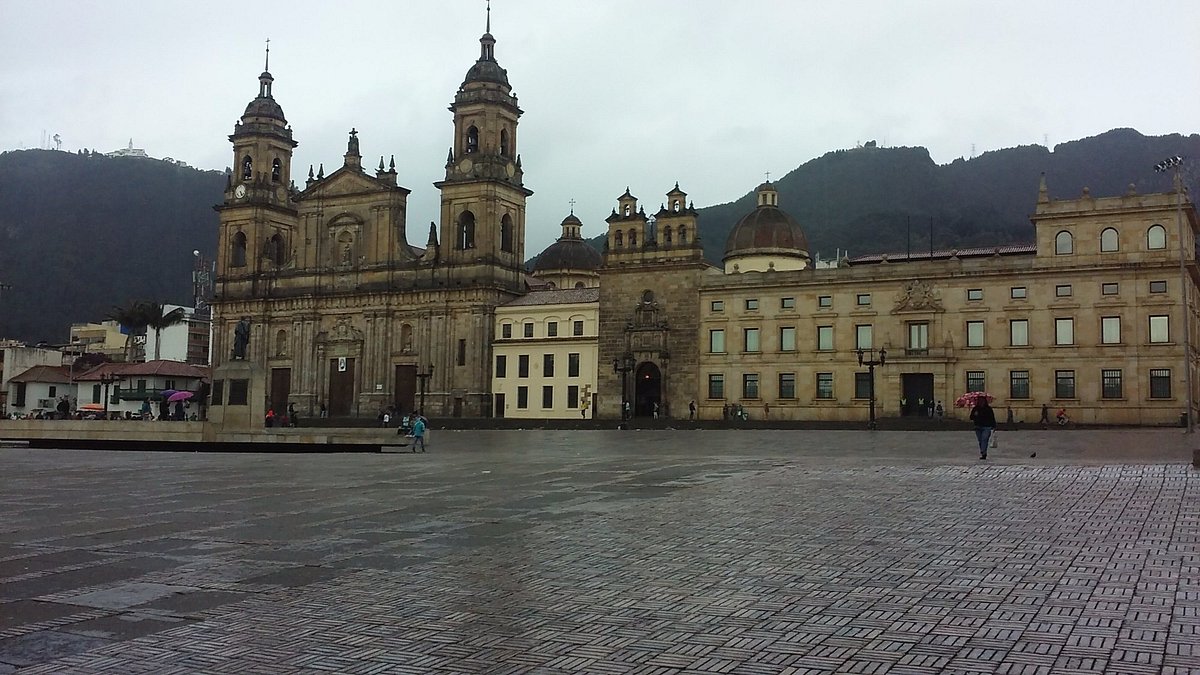
COLÔMBIA
Colombia: A Fascinating Destination for Tourists and Travelers
Colombia has been increasingly earning a spot on the itineraries of travelers who seek a blend of history, vibrant culture, and breathtaking landscapes. From mountains

Colombia has been increasingly earning a spot on the itineraries of travelers who seek a blend of history, vibrant culture, and breathtaking landscapes. From mountains